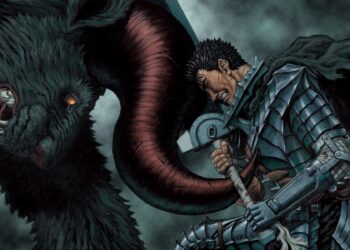Mother 3: A Controversial Legacy in Gaming
Mother 3 stands out not just for its gameplay and artistic design but for its polarizing themes that have sparked conversations since its release in 2006. Developed by Brownie Brown and HAL Laboratory, the game has acquired a cult following, yet remains officially unreleased outside Japan—leading to a complex web of controversy that continues to ensnare fans and critics alike.
Thematic Complexity
- Mature Themes: Unlike its predecessors, Mother 3 delves deep into mature subject matter such as grief, loss, and existential dread. The journey of Lucas, a young boy grappling with the tragic loss of his mother, sets the tone for a narrative that dives into themes often shunned in mainstream gaming.
- Violence and Darkness: The portrayal of Lucas’ twin brother, Claus, who ultimately succumbs to despair and takes his life, exemplifies the game’s darker narrative elements. Such themes pose significant challenges for localization, especially in markets where similar subject matter can create backlash.
- Rebellion and Critique of Society: At its core, Mother 3 serves as an allegory for the resistance against oppressive forces, embodied by the Pigmask Army—an invasive force that symbolizes both modernization and capitalist greed. This narrative threads through Lucas’s emotional growth, illustrating how personal experiences reflect larger societal struggles.
Controversial Representation
Among the most contentious aspects of Mother 3 is its portrayal of the Magypsies, a unique tribe that embodies fluidity in gender expression. While the Magypsies are depicted as protective, mystical beings with androgynous traits, their design has sparked debates over cultural appropriateness and sensitivity:
- Gender Representation: The Magypsies exist outside the binary, challenging traditional notions of gender in gaming. However, their characterization has drawn criticism for potentially embodying stereotypical representations of gender nonconformity.
- Inappropriate Stereotyping? While creator Shigesato Itoi intended to create a nuanced representation, the Magypsies’ portrayal has ignited fierce discussions regarding whether they contribute to or challenge existing stereotypes within video game culture.
The Localizing Dilemma
Nintendo’s longstanding reluctance to localize Mother 3 has only intensified its cultural significance.
- Market Decisions: Following lackluster sales of EarthBound (the series’ previous entry in the West), Nintendo’s decision-makers were hesitant to invest in a project that involved such nuanced and potentially divisive themes.
- Unconventional Content: The themes of bereavement, alongside depictions of child death and violence, raised red flags within Nintendo’s conservative approach to localization. The fear of backlash from Western audiences loomed heavy, leading to a decision that has since stirred fan outrage.
- Fan Translation Success: In 2008, a fan translation emerged, allowing English-speaking audiences to delve into the world of Mother 3. The translation rapidly gained traction, racking up over 100,000 downloads in just one week, starkly showcasing the demand for Nintendo to reassess its localization policies.
A Legacy of Contradictions
Despite the controversies, or perhaps because of them, Mother 3 remains a rich tapestry of emotional and thematic depth that resonates with fans. Its intricate storytelling and nuanced characterization defy traditional gaming norms, allowing players to embrace the complexities of human experience—much in the same way that the best narratives in any medium do.
As discussions about cultural representation and the ethics of localization continue, Mother 3 invites players not only to explore its world but also to reflect on the uncomfortable realities that exist both within and beyond the confines of its pixelated landscapes. In the end, this cult classic reflects a significant moment in gaming history where the boundaries of narrative, societal critique, and player experience collide unforgettably.












